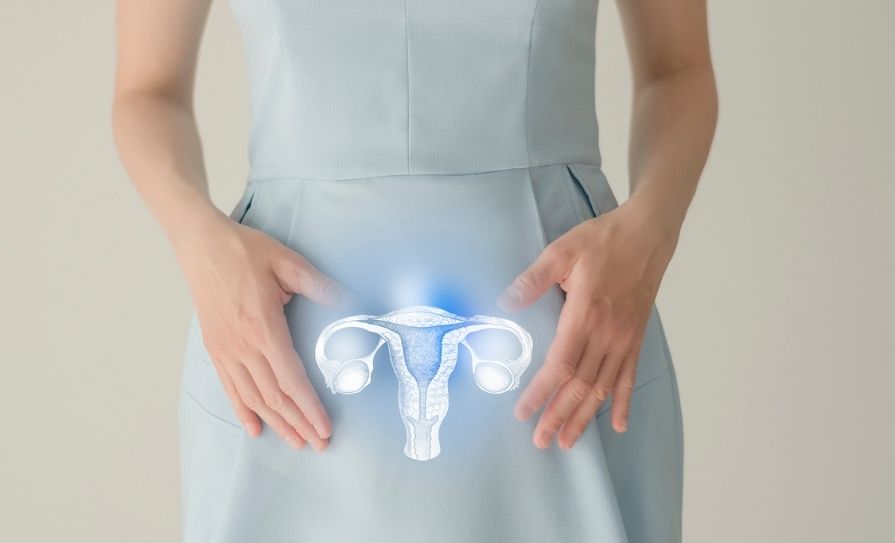Nasal congestion in children and infants is one of the most common presentations in community pharmacy and can have a number of causes
One of the most common presentations in the community pharmacy is nasal congestion/obstruction. There is an extra challenge when congestion occurs in infants, as they are unable to accurately communicate their symptoms and/or the presence or absence of any accompanying pain.
Blockage of the nasal cavity can have a wide variety of causes. These include, but are not limited to:1
- Common colds and flu: Heavy deposits of mucus in colds and flu fill the nasal cavity.
- Allergic rhinitis: Pet dander or pollen in spring and summer also result in a build-up of mucus.
- Non-allergic rhinitis: More commonly caused by reaction to pollution, smoke or other such irritants.
- Sinus or adenoid infections: Infected mucus can cause sinusitis. Adenoids can also become infected, with similar results for the child. Referral to a family doctor may be appropriate in these cases.
- Deviated nasal septum: Can obstruct airways and may be a birth defect or occur as a result of nasal trauma. If this is particularly problematic for the child, a family doctor may decide to refer the patient for specialist care, where a surgical procedure may be recommended.
- Large or swollen turbinates: Nasal obstruction can result from these bones in the nose due to infection or allergies. Again, in these cases the pharmacist may decide to refer the patient.
- Choanal atresia or pyriform aperture stenosis: In choanal atresia, the nasopharynx is closed-off with either tissue or bone. When bilateral, this is usually discovered after birth but if it only occurs on one side of the nose, it is usually discovered later in life; pyriform aperture stenosis occurs when the bony nasal opening narrows and obstructs the nasal passage. Specialist medical intervention is usually required.
- Nasal tumours or cysts: Benign or malignant tumours and cysts are rare and most often affect one side of the nose.
- Nasal polyps: These normally affect the lining of the nose.
- Large adenoids: Enlarged tissue at the back of the nose.
- Foreign bodies: This occurs in younger children and can involve smaller objects such as a peanut, for example. Often accompanied by a foul-smelling discharge.
Treatments
For the above conditions that can be treated in the pharmacy, the pharmacist may prescribe medications sprayed into the problem area or oral medications. Other treatment options include nasal rinses and a ‘watchful waiting’ approach.1
According to a 2014 literature review, the most common causes of nasal obstruction and runny nose in children are usually viral infections or allergies.2
The authors concluded that nasal symptoms in children with allergic rhinitis or acute sinusitis showed significant improvement with nasal saline irrigation. “The use of isotonic and hypertonic saline solutions to relief nasal congestion in infants and children is widespread; it is a safe and valuable therapeutic support, and can reduce the use of medications (antihistamines, decongestant, antibiotics, corticosteroids) during the treatment of URTIs,” wrote the authors.2
Advice
Pharmacists can advise patients that drying-out the air in the home can help to ease the symptoms of a runny nose is incorrect. This actually has the opposite effect, as drying-out membranes only serves to further irritate them.3
Rather, parents can use a vaporiser or humidifier and a saline spray and ensure the child drinks plenty of fluids, as this thins-out the mucus and helps alleviate blocked sinuses. Chlorinated swimming pools should also be avoided, as the chlorine can irritate nasal passages.3
Decongestants are often prescribed by the pharmacist and similar to saline sprays, may also help to clear an allergen from the nasal passages. Isotonic sprays help to keep the cilia in the nasal passages healthy and help to humidify air travelling to the lungs, trap bacteria and improve sense of smell. Healthy cilia can also help protect the child against sinusitis and rhinitis.4 Even when a physician has prescribed nasal steroid sprays, using an isotonic nasal cleansing spray can improve the efficacy of the steroids, as it can clear the nasal passages of debris and thick mucus. As with other treatments, it is important that parents are taught the correct application and the pharmacist is the most appropriate and ideally-placed healthcare professional to provide this guidance.4







